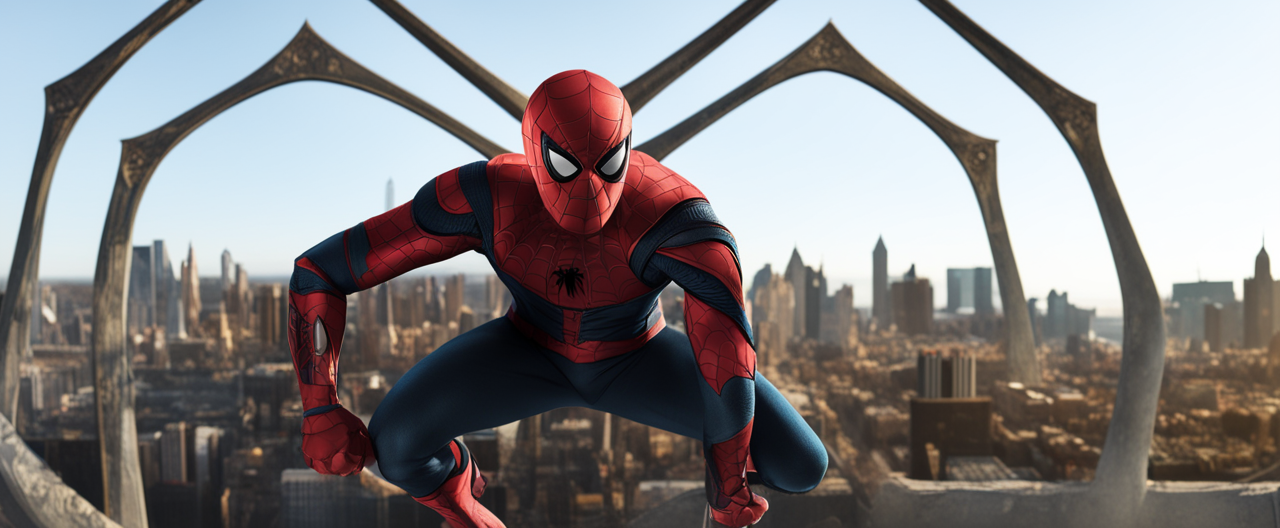- Tubelator AI
- >
- Videos
- >
- Science & Technology
- >
- Sora AI’s Problems and Solutions: Unveiling the Impact of AI Imagery
Sora AI’s Problems and Solutions: Unveiling the Impact of AI Imagery
Discover the evolution of AI imagery through Sora AI, exploring the challenges it faces and innovative solutions. Explore how AI-generated videos are transforming the visual landscape and its implications on future technology.
Video Summary & Chapters
1. Introduction 🌟
Setting the stage for discussing AI imagery and the advancements made by Sora.
2. Exploring Sora's Capabilities 🧠
Understanding what Sora can do, its advancements, and limitations.
3. Sora's Superiority 💡
Highlighting Sora's coherence and robustness in comparison to previous AI systems.
4. Development Insights 🛠️
Insights into how Sora was developed, including Google's involvement and training details.
5. Limitations of Sora ⚠️
Exploring the limitations of Sora, including challenges and areas for improvement.
6. Limitations of Sora AI 🛑
Challenges in video generation and compute power requirements.
7. Impact on Creatives 🎥
Positive effects on storytelling and the role of videographers.
8. AI Fatigue and Perception Shifts 🧠
Discussion on the psychological impact of AI-generated content.
9. Erosion of Trust and Authenticity 🤝
Concerns regarding trust in journalism and media production with AI technology.
10. Digital Markers for Verification 🔍
Exploring the C2PA standard and solutions for verifying AI-generated media.
11. AI Video Labeling Challenges
Challenges of labeling AI videos for training purposes.
12. Will Smith Meme Catch
Exploring a viral Will Smith meme and its origin.
13. Positive Outlook on AI Tools
Highlighting the positive aspects and potential of AI tools.
14. Future of Sora AI
Discussion on the accessibility and future impact of Sora AI.
15. Need for Robust Detection Systems
Importance of detection systems in combating fake videos.
16. Sam Ultman's AI Ambitions
Exploring the ambitious plans of Sam Ultman in the AI industry.
17. Unveiling Sam Ultman's Story
Delving into the background and intentions of Sam Ultman.
18. Engaging with Audience
Acknowledgment of audience interactions and impact of content creation.
19. Closing Remarks and Gratitude
Thanking viewers and supporters for their encouragement.
Video Transcript
Hi, welcome to another episode of Cold Fusion.
This is a Reddit thread from three years ago discussing AI imagery.
The top user says, imagine in a few years when we can make photo-realistic videos from
just a few sentences.
AI is crazy.
He gets downvoted and the reply comment laughs at him, saying that it's not going to happen
in our lifetime.
Our great grandkids might have such technology.
Well, three years later, and it's here.
It is a beautiful drone shot.
The kind of video that you might see in a travel video, right?
Except it's not real.
There is no drone.
There is no camera.
You can't travel because the video was generated by AI.
It's from a new tool just announced a few hours ago
by open AI called Sora.
All it takes is hyping in a short text, a prompt,
and in minutes it spits out a 60 second video clip
above pretty much anything you can imagine.
Over the past few days, you've probably all heard and seen Sora, a new tool by OpenAI
that turns text into photorealistic video.
It's not perfect, but it's a large step up from what was seen before.
But what most people don't know is that Sora can do more than just create videos from scratch.
It can combine separate videos into one scene, animate still images, modify non-AI videos seamlessly
depending on the user prompt and much more, which we'll get into later.
We're going to split this video into two parts.
The first is what Sora can do, how Google accidentally made this possible,
and Sora's limitations. Part two will be on the implications for society,
and some solutions to the problems that may arise from this.
In this episode, let's explore all of that.
So first up, what can open AI's newest model do?
I'll show some examples including some newer ones that have just been released by those with early access.
Note that all the cutscenes, camera angles, movement are all quote-unquote creative choices of the AI if you want to call it that.
Videos can be up to a minute long and in 1080p resolution.
Okay, so cool, it makes videos, but to understand the context here, as Marcus Brownlee pointed
out, this is a viral clip of where text to AI video was a year ago.
But even the state of the art now is nowhere near close.
I tested the same prompts on Runway ML, and here are the results.
The difference with Sora is its coherent.
Previous video AI systems have a characteristic morphine quality as the video progresses.
With Sora that's vastly reduced or gone altogether, objects remain stable even when obscured by
things in the foreground.
It's a much more robust system.
But not only this, Sora can animate images such as cartoons or this Shiba Inu dock,
with scene staff similar to this in research since 2019. But what is new is the ability to combine
two videos together in one scene. Let's take a look at that.
It can also simultaneously make up different camera angles of a single scene with just one
prompt.
Okay, so how did they do it?


 Install Tubelator On Chrome
Install Tubelator On Chrome







